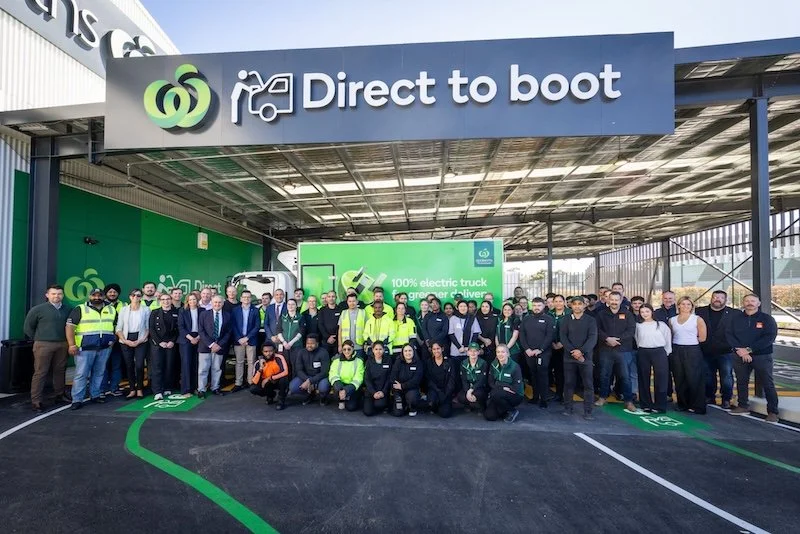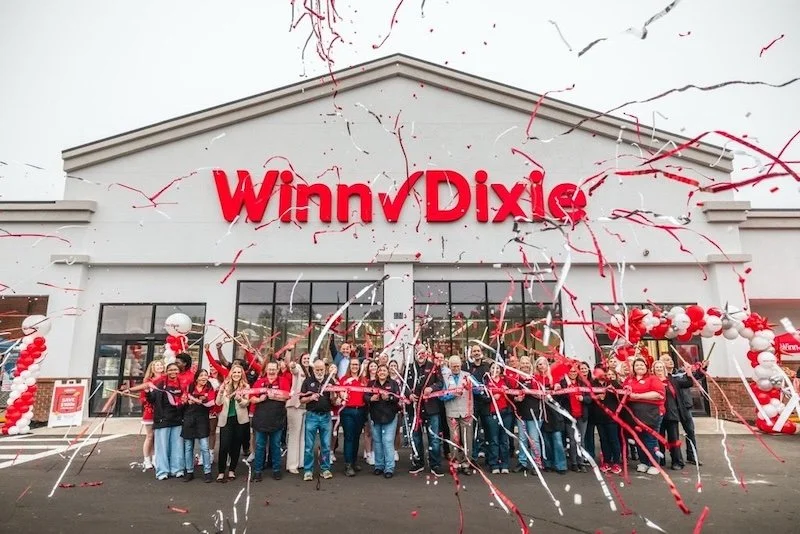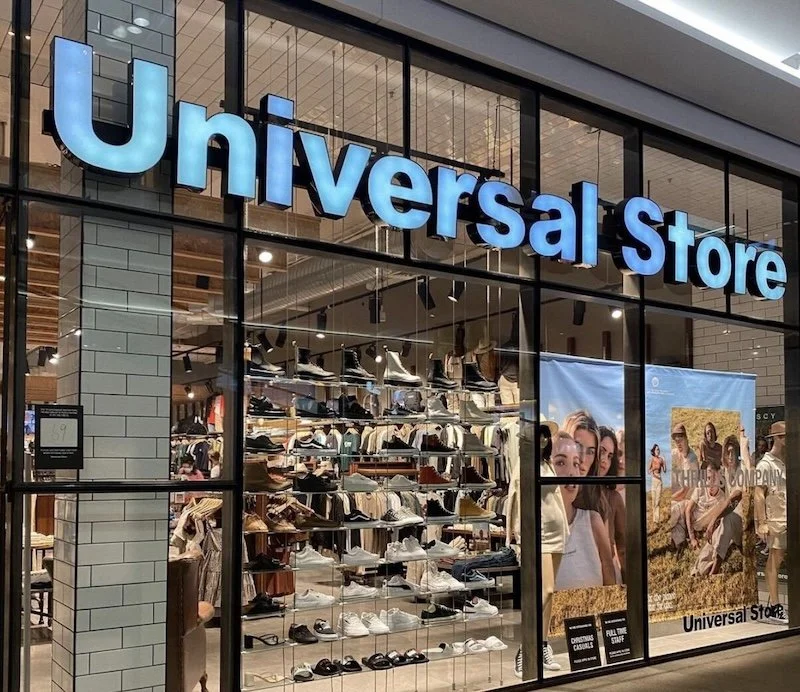Top tips for managing stock with retail PoS systems
A Harvard study discusses at length how stock-outs cause walk-outs. While the study is over a decade old, its findings continue to be relevant.
A more recent study by Zebra revealed that 75% of Millennials walked out of stores because of stock-outs.
Evidently, stock-outs can have a direct impact on the top line. This calls for effective stock management that can eliminate loss of business resulting from stock-outs.
A retail business can leverage a PoS solution’s potential for optimal stock management to minimise carrying costs and cost of obsolescence.
Since stock management’s scope extends beyond just ensuring enough inventory in the warehouse, it can solve a range of problems for a retail business.
There are a few ways in which businesses can make the most of a retail PoS system.
Three tips for optimal stock management with retail PoS systems
A PoS is almost a necessity for retail businesses in the 21st century.
While there are a ton of options to choose from, not all are worth the time. It’s prudent to spend some time researching a retail PoS system and its offerings to ensure it will facilitate effective and efficient stock management.
However, someone new to the concept of PoS may wonder how to maximise its potential to manage stock. Following are some tips for retail businesses on how they can use retail PoS system for optimal stock management.
1. Organise and track stock
Businesses need to know how much inventory they hold at all times to ensure they can answer queries from customers regarding bulk orders and ensure they never (unknowingly) run out of a particular item.
For instance, lightspeed’s inventory planning software has a robust interface where retail businesses track inventory levels and SKUs, bundle items for packaged sales, and a lot more.
Tracking inventory is also helpful as an analytical tool. It helps businesses look at which products are moving fast, which are moving slow, and which aren’t moving at all.
This serves as a guide for future purchase orders and reduces the overall opportunity cost of cash invested in inventory.
1. Use it as an internal control
While it’s not economically viable for a small business to have best-in-class internal controls in place, a retail PoS system can add some degree of internal control.
For instance, it can be challenging to identify shrinkage without one. Shrinkage occurs when the inventory is damaged, stolen, or poorly tracked.
Even if a business has an anti-theft mechanism in place, there’s no real way to measure its effectiveness without a PoS system.
Therefore, businesses can use it as an internal control. It helps identify shrinkage and its causes so necessary measures can be taken to stop its reoccurrence.
2. Give access to floor staff
A good PoS system will allow the floor staff to quickly look up stock records to see which items are available and which items are quickly depleting.
If someone just purchased a large order, they may be able to intimate the person responsible for purchases that more stock should be ordered right away.
In fact, a good PoS system will allow access to all authorised teams, such as the warehouse team, floor staff, and purchase team.
For instance, let’s say a retail store that sells pizza doughs receives a bulk order.
In this case, the floor staff can quickly inform the purchase team that more pizza doughs must be ordered from the supplier to meet the demand of walk-in customers for the rest of the day.
Effective implementation is key
Once a retail PoS system has been set up in a business, the onus is on the stakeholders to effectively implement it.
Without active participation from those involved in the process, the solution may be rendered less effective. Therefore, some businesses even conduct an orientation where the system is explained in detail along with a brief on the part that employees will play in its implementation.
When implemented correctly, a retail PoS system brings a slew of benefits that can transform a business for good.
The business will be able to generate better customer retention rates, minimise walk-outs resulting from a stock-out, stay on top of its inventory records, and take prompt actions in case of inventory shrinkage.
Author bio: Arjun Ruparelia
Email - ruparelia.arjun@gmail.com
An accountant turned writer, Arjun produces financial blog posts and research reports for clients across the globe, including Skale. He has five years of financial writing experience across verticals. He is a CMA and CA (Intermediate) by qualification.












Continue reading…